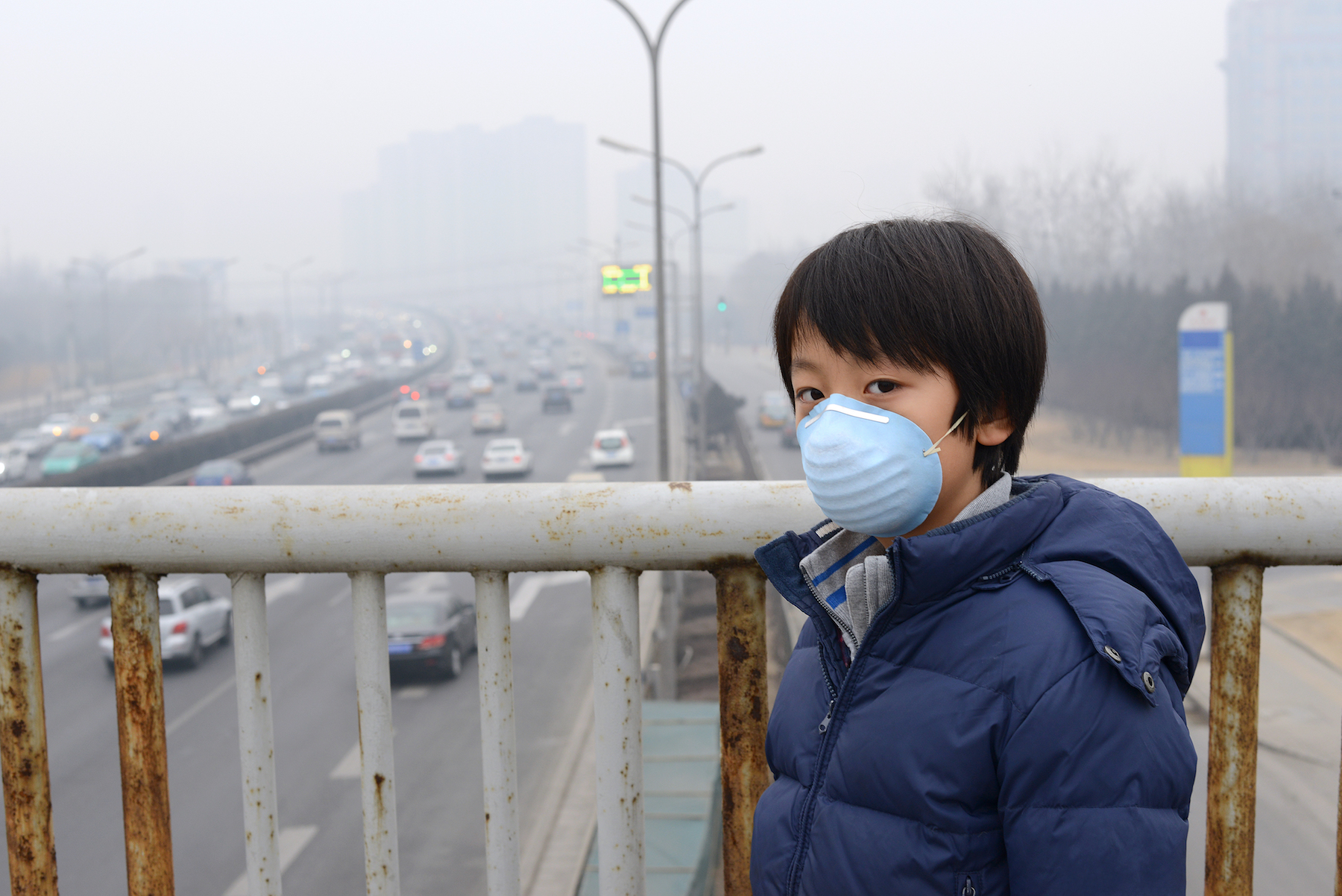
People in Asia are exposed to 9 times more air pollution
Air pollution has been deemed the silent killer and is responsible for millions of premature deaths worldwide. In fact, the negative health effects of air pollution are so dangerous that it’s been labeled as the largest environmental cause of disease and death globally.
The recent annual Global State of the Air Report found that a majority of the world’s population is exposed to unhealthy levels of pollution.
According to the World Health Organization (WHO), 88 percent of premature deaths in low and middle-income countries in Asia is caused by air pollution and of the ten most polluted cities in the world, six are located in India alone.
The sources of pollution can range from industrial emissions to pollution from vehicles.
In Beijing for example, road vehicles in the city increased to five million in 2014 and in Delhi, there is expected to be 25.6 million vehicles by 2030.
Researchers from Surrey’s Global Centre for Clean Research (GCARE) reviewed several pollution studies that focused on Asian transport microenvironments to see how much pollution including fine particles, black carbon, and ultrafine particles pedestrians and residents were exposed to.
The review was published in the journal Atmospheric Environment.
Busy roadsides in Asia have much higher levels of pollution compared to cities in the US and European Union. Pedestrians in Asia are exposed to 1.6 times higher levels of fine particles and seven times higher levels of black Carbon.
Car drivers in Asian cities face nine times more pollution than other cities, and in Hong Kong ultrafine particle levels were four times higher than in Europe.
The researchers point out that because the review incorporates several different studies, there are limiting factors that need to be considered before any sweeping conclusions are made.
“Care should be taken in directly comparing and contrasting the results of different studies due to varying amounts of information available on personal exposure in studied regions,” said Prashant Kumar, the lead author of the review. However, there is compelling evidence that people traveling in urban areas in Asian cities are being exposed to a significantly higher level of air pollution.”
The review emphasizes how high the threat to public health is in severely polluted cities, especially in some Asian cities where more measures need to be taken to limit emissions.
Though in order to implement policies that target pollution, there has to be an accurate record of pollution levels and exposure risk.
“There are increasing efforts in Asia to install properly designed and calibrated portable monitoring systems to measure actual exposures, using the data to better understand why high exposures occur and how to prevent them,” said Chris Frey, a co-author of the study. “These measurements of personal exposures will help individuals, businesses, and governments to develop and implement strategies to reduce such exposures.”
—
By Kay Vandette, Earth.com Staff Writer













